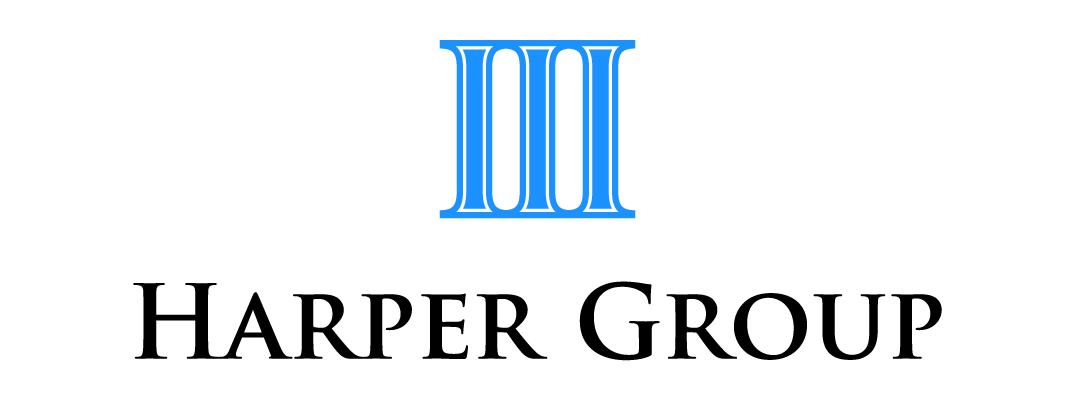In-specie super contributions
Most contributions to a SMSF are made in cash, but did you know you can also contribute certain assets to your fund too? These types of contributions are called "in-specie" contributions and may be a good alternative to consider if you don’t have available cash on hand and want to make a contribution to super.
What assets can be transferred in-specie to super?
While most superannuation funds can accept in-specie contributions, they occur more commonly with SMSFs than with industry or retail superannuation funds.
But only certain assets listed in the super laws can be transferred to an SMSF from a member of the fund.
Most in-specie contributions are made using:
Listed securities on an approved stock exchange (ie, ASX listed shares)
An investment in a widely-held trust (ie, a retail managed fund), and
Business real property (ie, where land and buildings are used wholly and exclusively in a business).
Treatment of in-specie contributions within the SMSF
Regardless of whether the contribution is made via cash or in-specie, in many respects they are treated in much the same way, for example:
The standard work test for super still applies – e.g, the member making the contribution must meet certain age and employment requirements in order to make the contribution
The in-specie contribution will be counted toward the relevant contribution cap(s) in the same way, and
In-specie contributions may result in a member being eligible to claim a personal tax deduction for some/all of the contribution, based on the usual eligibility criteria.
Tip – when you make an in-specie transfer to your SMSF, it can be treated as either a contribution (ie, non-concessional or concessional contribution) or as an asset purchase by the SMSF. Having an in-specie contribution treated as an asset purchase can be beneficial where the value of the asset is greater than the contribution caps available to the contributing member.
For example, if business real property is valued at $530,000 and it is transferred to an SMSF with its entire value considered a contribution, it could result in an excess non-concessional contribution of $200,000.
To avoid this outcome, you could:
Treat $330,000 of the in-specie transfer as a non-concessional contribution under the three-year bring-forward rule, and
Treat the remainder as an asset sale. Here, the SMSF will pay you the market value of the asset being transferred by transferring $200,000 of cash or other assets owned by the fund to effect the sale on that portion of the property – keeping the member under the non-concessional cap.
Benefits of making in-specie transfers
Making a contribution of assets rather than cash can benefit SMSF members as it allows them to increase the value of their retirement savings by transferring the aforementioned assets they already own into superannuation without the need to sell the asset first.
Where that asset is a property, such as business real property, it can then potentially be leased back to a related party of the fund to use in a business.
Points to consider when making in-specie transfers
As mentioned earlier, SMSFs can only accept certain types of assets, such as listed shares or business real property, as an in-specie contribution from a member. This rule therefore limits the type of assets that can be transferred to your fund. For example, a residential property you own personally cannot be transferred to your SMSF.
Further, because there is a change in ownership of the asset transferred from the member to the SMSF, the transfer is deemed to be a disposal by the member and any gain realised may be subject to capital gains tax.
The SMSF may also incur stamp duty and transaction costs when the asset is transferred to the fund.
What about in-specie transfers out of the fund?
Assets can also be transferred out of the fund as in-specie payments, although only lump sum payments can be made in-specie.
If you are in pension phase, pension payments have to be made in cash.
However, the rules on acquisitions from members do not apply to these transactions as the SMSF is disposing of the asset, not acquiring it.
Check your trust deed
Before attempting to make an in-specie contribution to your fund, its best to check your SMSF trust deed to confirm if you are allowed to make in-specie contributions in the first place and whether there are any rules or restrictions around what assets members can make as an in-specie contribution.
Harper Group Pty Ltd – Chartered Accountants Frankston - Ph 9770 1547
Disclaimer: All information provided in this article is of a general nature only and is not personal financial or investment advice. Also, changes in legislation may occur frequently. We recommend that our formal advice be obtained before acting on the basis of this information.
Please note we at Harper Group Pty Ltd are not licensed to provide financial product advice under the Corporations Act 2001 (Cth) and taxation is only one of the matters that must be considered when making a decision on a financial product, including on whether to make superannuation contributions. You should consider taking advice from the holder of an Australian financial services licence before making a decision on a financial product.
